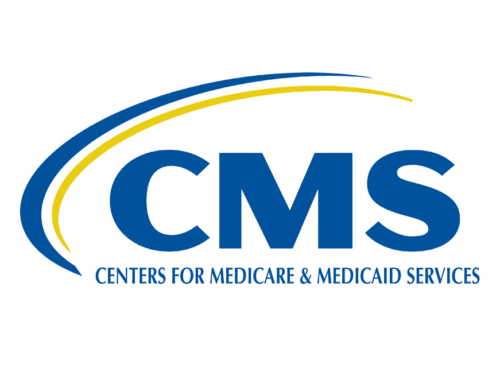CENTER UPDATE | NovEmber 2023
In this Issue:
- Why Do We Pay So Much For Worthless Care?
- Tackling Overtreatment and Overspending in U.S. Health Care
- Value-Based Formulary-essentials Associated with Reduced Low-Value Drug Use
- How Employers Can Make the Most of Today’s Delivery Transformation
- High Out-Of-Pocket Burdens, Medical Debt, And Financial Barriers Post-ACA
- Not Uncommon for Medical Practices to Narrowly Interpret ACA Preventive Services
- U.S. to Cover HIV Prevention Drugs for Older Americans
- Improving Equitable Home-Based Care Uptake Through the CMMI MA VBID Model
- CMMI Efforts to Reduce Prescription Drug Costs in 3 Payment Models
- 1,475 Medicare Advantage Plans Offer Supplemental Food Service Benefits in 2024
- Save the Date! 2024 V-BID Summit
- Improving Care for Uninsured Patients With Diabetes
- Medication Adherence Leads to Improved Health and Greater Savings
- Dying Broke: Costs Soar for Elder Care

Why Do We Pay So Much For Worthless Care?
A Washington Post story on low-value care use highlights a recent analysis in Colorado reporting that patients and payers spent more than $134M on unnecessary care in 2021. V-BID’s Mark Fendrick notes that the current culture of ‘more is better’ is difficult to overcome and that eliminating low-value services is the only viable way to pay for advances in medicine. Read more from KFF News here.

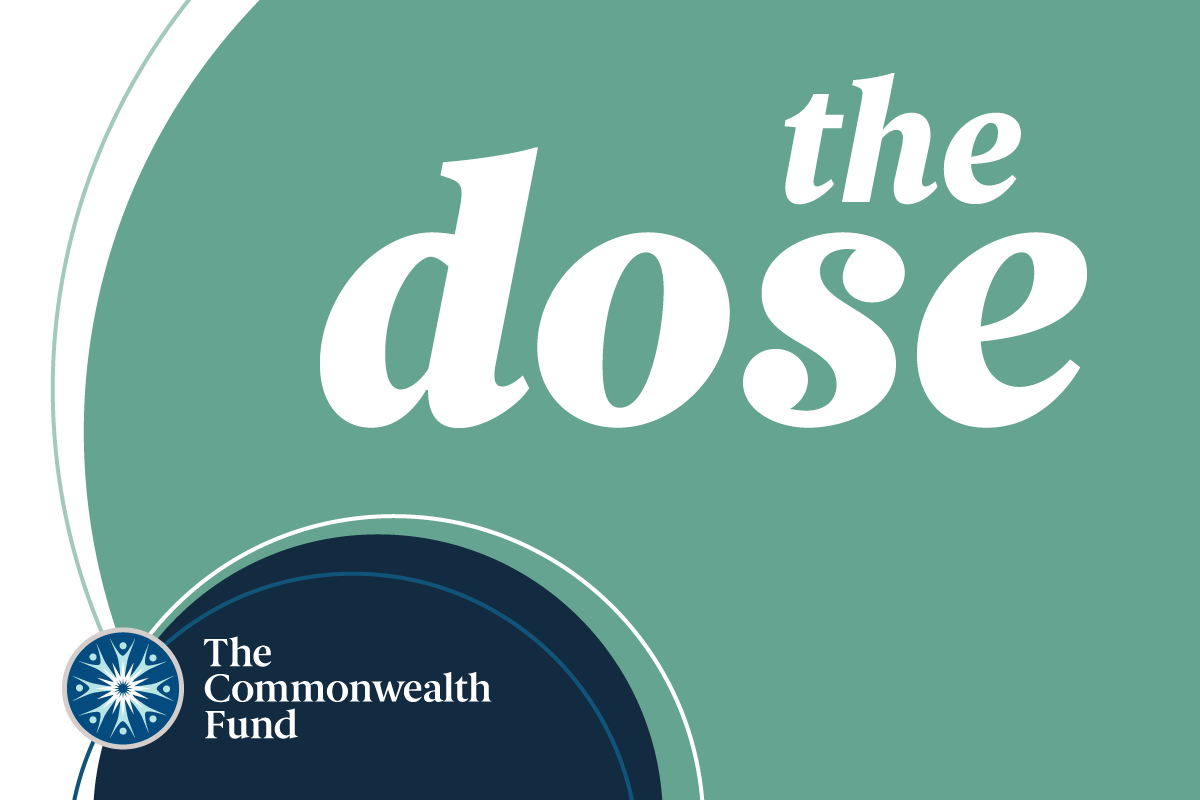
Tackling Overtreatment and Overspending in U.S. Health Care
A recent Commonwealth Fund podcast episode discusses the issue of overtreatment in the American healthcare system. The participants explore the consequences of unnecessary medical procedures, particularly focusing on coronary stents, which can lead to harm for patients and substantial financial costs. The conversation delves into the challenges of shifting healthcare practices, the need for transparency, and strategies for “rightsizing” the U.S. healthcare system.
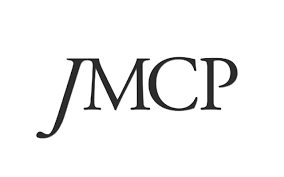
Value-Based Formulary-essentials Associated with Reduced Low-Value Drug Use
A recent JMCP study evaluates the impact of a “Value-Based Formulary-essentials” (VBF-e) program, which utilizes cost-effectiveness evidence to inform cost-sharing and coverage exclusion in employer-sponsored health plans. The study found that the VBF-e program was associated with reduced low-value drug use, increased high-value specialty drug use, reduced health plan spending, and minimally increased member out-of-pocket spending without increasing acute care use. The results suggest that a formulary informed by cost-effectiveness evidence can impact drug utilization, health plan spending, and member out-of-pocket costs.
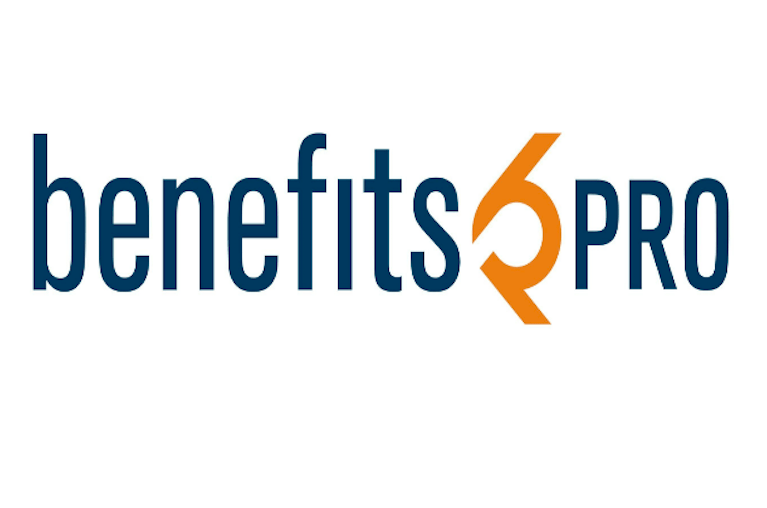
How Employers Can Make the Most of Today's Delivery Transformation
A new article in Benefits Pro Best Practices discusses the evolving landscape of healthcare delivery, highlighting the impact of technological advancements and innovative models. The authors offer seven considerations for employers to take advantage of care transformations, including adopting plan designs such as V-BID, which lowers out-of-pocket costs for high-value care. While plans like HSA-HDHPs cannot waive their deductible altogether, V-BID can reduce the receipt of low-value services that provide no additional health benefit and, in some instances, may even be harmful to patients.

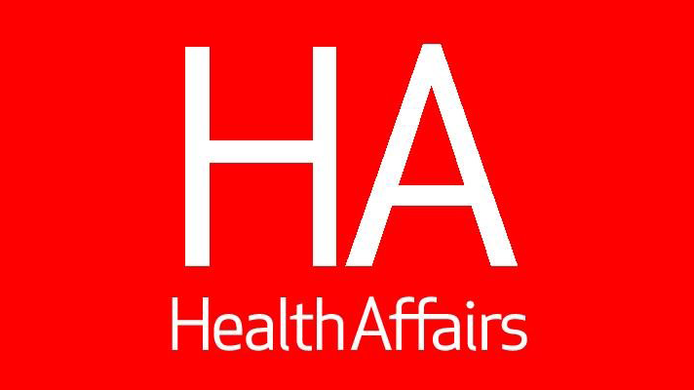
High Out-Of-Pocket Burdens, Medical Debt, And Financial Barriers to Needed Care Post-ACA
According to a new AHRQ study, Americans continue to face challenges paying for healthcare despite the Affordable Care Act’s significant increase of insurance coverage for U.S. residents. Researchers found that the problem is high out-of-pocket spending on insurance premiums and care, medical debt, and cost-related care delays. They found that 7.5% live in households with high out-of-pocket burdens, 8.4% report medical debt, and 18.8% postponed or skipped care. In all, 27% of those questioned confirmed one or more of the indicators
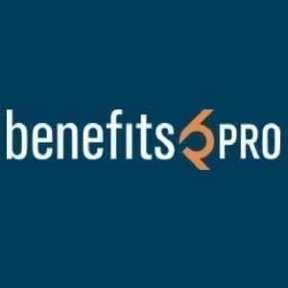
Not Uncommon for Medical Practices to Narrowly Interpret ACA Preventive Services
A recent article recounts a case where a patient received a surprise bill after her annual wellness visit included a depression screening. Although preventive care is typically covered without cost-sharing under the Affordable Care Act (ACA), additional charges may arise if a health issue prompts further discussion or treatment during a checkup.

U.S. to Cover HIV Prevention Drugs for Older Americans
The Biden administration is proposing a federal policy that would provide free preventive medication to protect older Americans from contracting HIV. Under the plan, Medicare would cover the full cost of preexposure prophylaxis drugs (PrEP) for those 65 and older, including long-acting injectables. This represents a significant shift, ensuring coverage for expensive PrEP drugs without requiring copayments. For millions of other Americans, however, court case Braidwood v. Becerra challenges the preventive service provision of the Affordable Care Act, threatening access to PrEP.

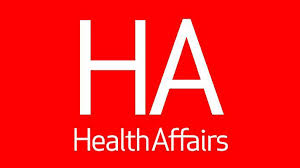
3 Opportunities to Improve Equitable Home-Based Care Uptake Through the CMMI MA VBID Model
A new Health Affairs Forefront identifies three opportunities to improve equitable home-based care uptake through the CMMI MA VBID Model; using a frailty indicator to tailor benefits as part of the chronic health conditions “allowable targeting criteria,” tailoring non-health-related benefits based on socioeconomic status, and reducing patient out-of-pocket costs for prescription drugs provided at home. The study also highlights the need to streamline and integrate various home-based care modalities, reduce administrative barriers through value-based payment arrangements, and provide further guidance to MA plans to ensure equitable uptake of home-based care.
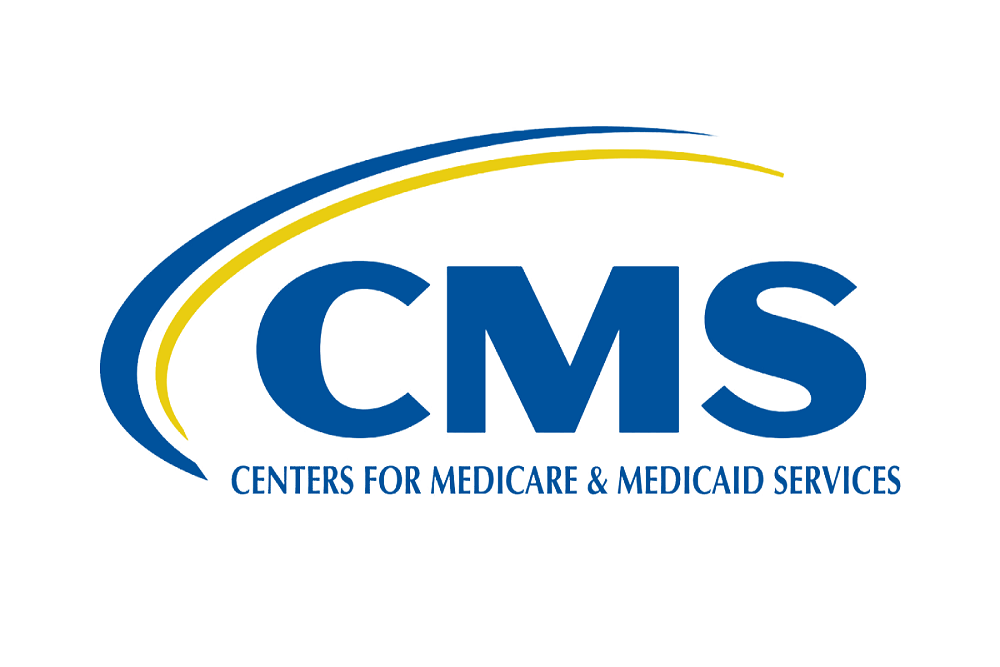
CMMI Efforts to Reduce Prescription Drug Costs in 3 Payment Models
The Center for Medicare and Medicaid Innovation (CMMI) recently published an update on the three payment models it selected earlier this year—the Medicare $2 Drug List Model, the Cell and Gene Therapy Access Model, and the Accelerating Clinical Evidence Model—to reduce the cost of prescription drugs beyond the drug-price controls included in the IRA. The new update provides further details on the development of the three models. The release of the update marked the one-year anniversary of President Biden’s Executive Order 14087, “Lowering Prescription Drug Costs for Americans.”
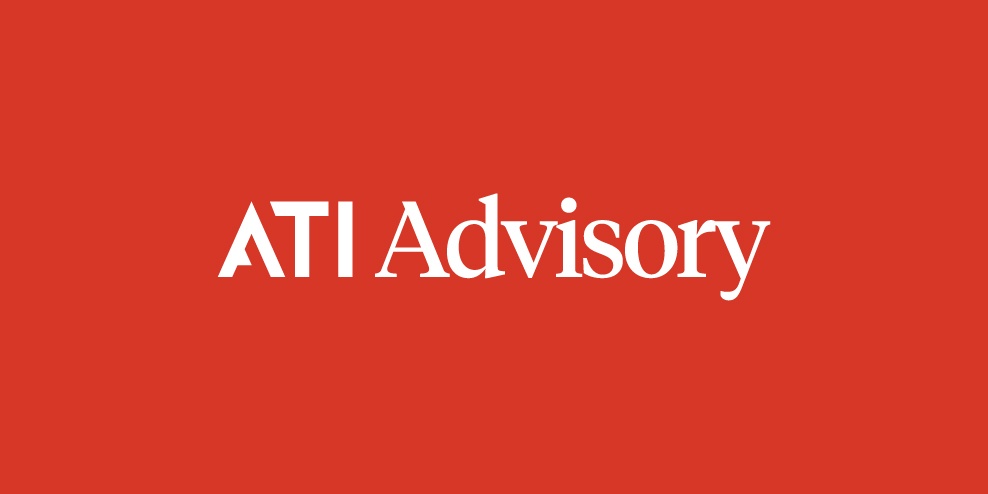
1,475 Medicare Advantage Plans Offer Supplemental Food and Produce Service Benefits in 2024
Findings from a report by ATI Advisory reveal that food and produce services are the most common non-medical supplemental benefit in Medicare Advantage for 2024. The expanded definition of primarily health-related supplemental benefits (EPHRB) allows Medicare Advantage plans to offer home-based palliative care, in-home support services, and caregiver support. In 2024, 2,334 Medicare Advantage plans are offering EPHRB and/or special supplemental benefits for the chronically ill (SSBCI), with food and produce services being the most common, offered by 1,475 plans.
Save the Date: 2024 V-BID Summit
Overcoming Financial Toxicity
Mark your calendars! The annual Value-Based Insurance Design Summit will be hosted virtually on Wednesday, March 13, 2024, from 12pm to 4pm ET.
If you’re interested in sponsoring the event, please see our Sponsorship Information page.
Looking forward to hosting you all in March!

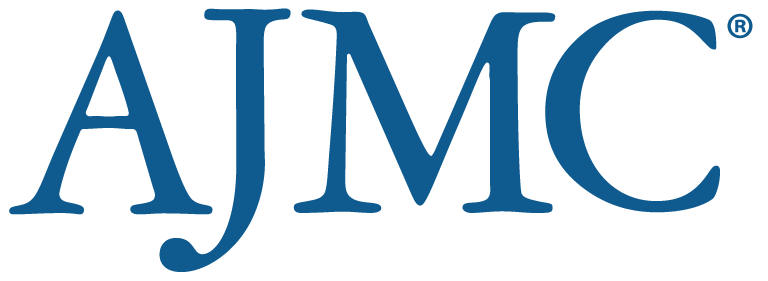
Charitable Medication Distribution Improves Care for Uninsured Patients With Diabetes
A pilot study investigated the impact of insulin products donated by a pharmaceutical manufacturer and dispensed by Dispensary of Hope–partnered pharmacies on medication access and treatment outcomes for uninsured patients with type 2 diabetes (T2D). Results showed that uninsured patients with Type 2 diabetes experienced a 21% reduction in hemoglobin A1c over the course of six months after receiving free diabetes medications. Patients who received diabetes medications through charitable distributors saved on monthly insulin costs ranging from $183.74 to $253.84 per participant.
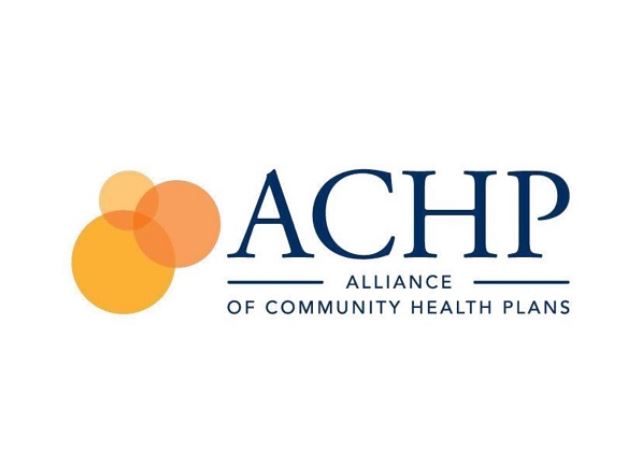
Report Finds Improved Health & Greater Savings When Patients Take Their Medications as Prescribed
The Report on Affordability in Health Care from the Alliance of Community Health Plans (ACHP) emphasizes the positive outcomes of aligning health plans with provider partners to enhance patient health and reduce hospitalization. The analysis found that medication adherence programs, particularly for diabetes, hypertension, and high-cholesterol medications, can generate up to $300 billion in annual medical cost savings by improving adherence to prescriptions for chronic conditions and preventing hospitalizations.

Dying Broke: Costs Soar for Elder Care
A KFF Health News-New York Times project highlights the financial challenges faced by millions of families in the United States due to the escalating costs of in-home care, assisted living facilities, and nursing homes for older Americans. As the baby boomer generation ages, the costs of long-term care are outpacing inflation, reaching half a trillion dollars annually by 2030. The lack of a coherent long-term care system in the U.S., coupled with a shrinking private market for long-term care insurance, labor shortages, and soaring assisted living facility expenses, leaves many families grappling with financial ruin.
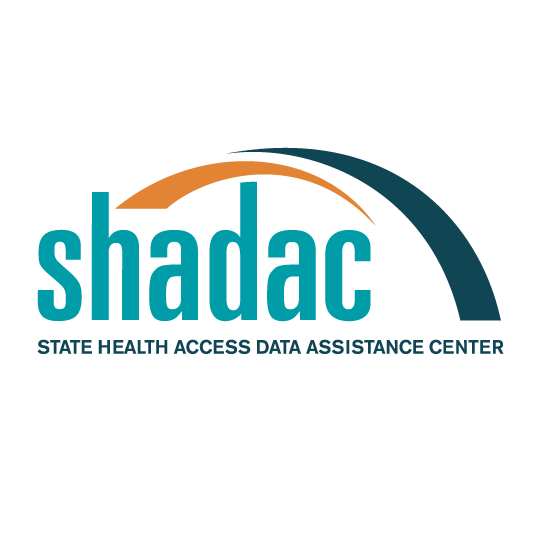
Exploring Cost and Coverage Rates in Employer-Sponsored Insurance
Researchers at SHADAC used data released from the Medical Expenditure Panel Survey-Insurance Component (MEPS-IC) to provide an initial snapshot into 2022 estimates of private-sector employer-sponsored insurance (ESI). In 2022, 85.6% of U.S. employees worked in establishments that offered health insurance coverage. Other notable changes from the MEPS data included a continued rise in premiums (2.8% for single coverage and 2.6% for family coverage), though average deductibles were unchanged from 2021, and a significant drop in the share of private sector employees enrolled in high-deductible plans, down to 53.6% from 55.7% in 2021.
Please Help Support the V-BID Center
As a non-profit entity, the V-BID Center relies on fundraising to support our research, education, and policy efforts. Please help us continue our work by donating here. We truly appreciate your consideration.



